Summer can be a tricky time for new babies and their parents. Without the ability to communicate, a baby can’t tell you if they are too hot, and heat can lead to dangerous conditions for young babies. Plan ahead and learn the basics of dressing a baby in the summer to keep them comfortable and safe.
Steps
Choosing Your Baby’s Outfit
-
Consider your own outfit when planning to take out your babies. The general rule is to dress your baby the same way you are dressed. As you adjust your clothing throughout the day when you move from inside to outside, adjust your baby’s clothing in a similar manner.
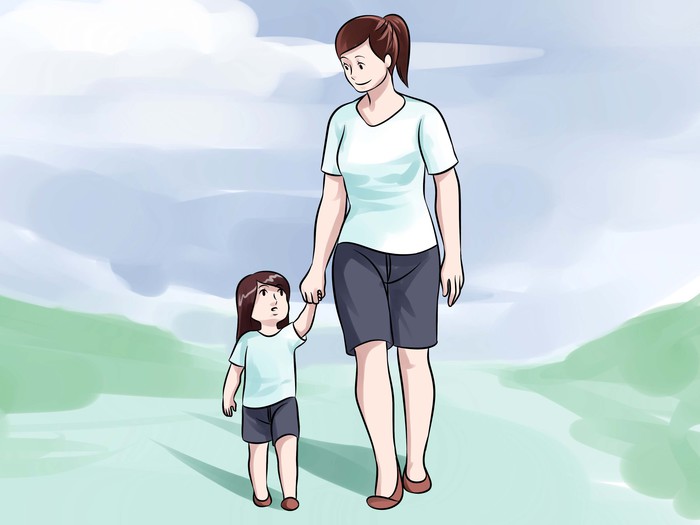
- If you are wearing a t-shirt and shorts, your baby will be comfortable in the same thing.
- If you add a hoodie on a cooler day, don’t forget to add one for your baby.
-
Choose lightweight, loose-fitting fabrics. Look for fabrics made from natural fibers, like cotton, instead of synthetic fabrics, like polyester and rayon. Natural fabrics absorb sweat more quickly and allow for better ventilation.

- Lighter colors attract less heat and can be much more comfortable for your baby. During summer, dress your baby in white and pastels to avoid absorbing too much heat.
-
Layer your baby’s clothes. Most babies will be fine in a basic onesie and shorts or skirt. Layering can be a great trick to always keep your baby at the right temperature. As your activities or the weather change throughout the day, add or remove layers to keep your baby comfortable.
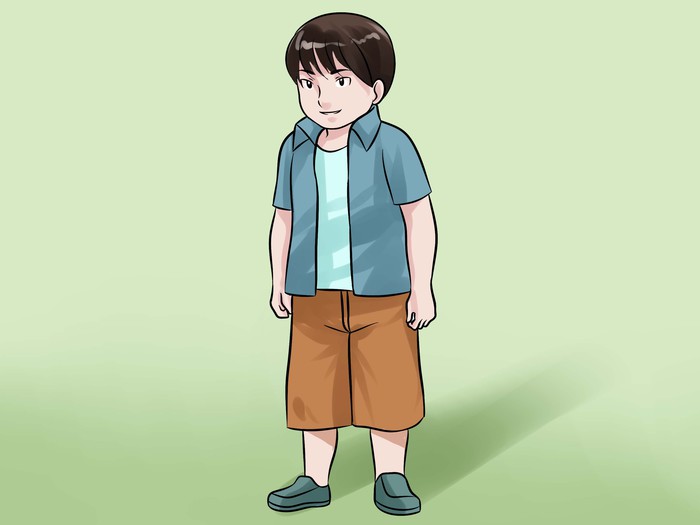
- Add a light sweater or a warm blanket if the weather chills or you go inside. Keep an extra layer and pair of clothes in your diaper bag so you are always ready.
-
Pick out a sun hat for your child. A hat with a wide brim (the brim should be three to five inches wide) is great for keeping the sun out of your baby’s eyes and off his skin. Many newborn baby hats come with a strap that attaches under the chin, which can be very helpful in keeping the hat on your baby’s head.
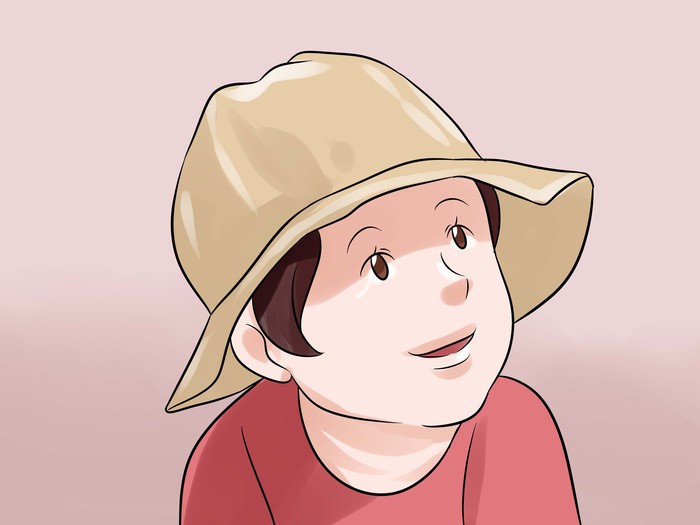
- However, you should keep an eye on the strap as your baby moves and grows to make sure it isn’t too tight on his neck and cutting off circulation.
-
Skip the shoes but leave the socks when you are inside. Babies don’t need shoes until they are mobile and can walk or crawl on their own. However, socks can be a great way of keeping a baby’s feet warm if they are inside an air-conditioned room.

- When they are outside in the summer heat, babies don’t need to wear socks.
-
Put a pair of sunglasses on your baby. Pick out a pair that covers your baby’s eyes entirely. Make sure that they protect from UV rays (look for a sticker that says UV400).
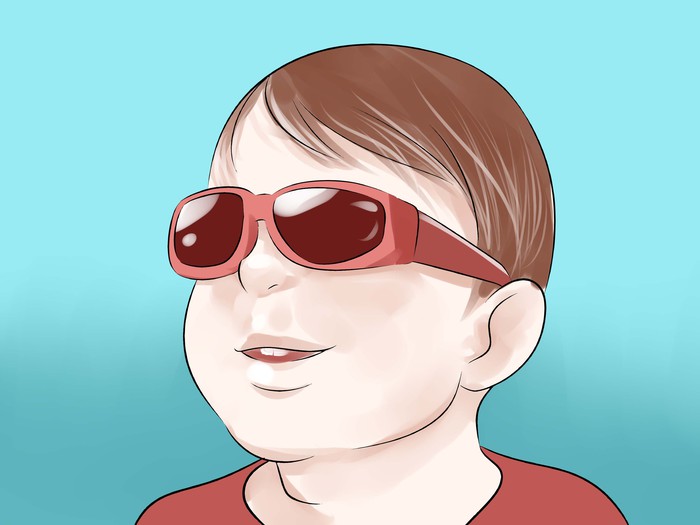
- While your baby might be hesitant to wear sunglasses, letting your baby pick out the sunglasses (if he is capable of doing so) may cause him to be more likely to wear the glasses. However, if your baby outright refuses to wear the sunglasses, don’t force him.
-
Consider your surroundings when picking out your baby’s pajamas. Many parents worry about the temperature of their baby when he is sleeping. To keep your slumbering baby comfortable and safe during the summer, take a look at your surroundings.
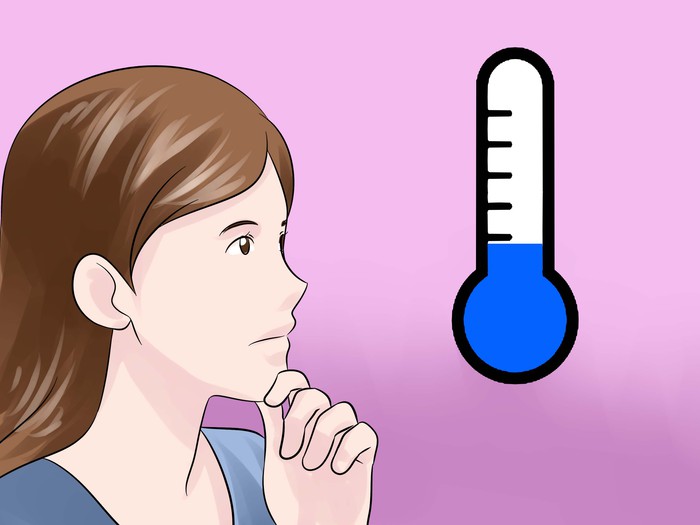
- If you have an air-conditioned home or the baby’s room tends to be cooler, dress him in a heavier sleeper (not fleece) or swaddle in a muslin blanket. Never add loose blankets to your baby’s crib to keep him warm, as they can be a suffocation hazard.
- In warmer homes without air-conditioning, a light cotton sleeper will keep your baby safe.
Protecting Your Baby from the Summer Sun
-
Monitor your baby’s temperature. This is especially important when you are outside with your baby. Check for signs of overheating, such as agitation, lethargy, and skin that is red or hot to the touch. Check your baby’s hands and feet often to see if they are too hot or cold.

- Although babies tend to stay around the same temperature as adults, their extremities are more susceptible to temperature changes. If your baby’s hands or feet are cold, especially when you are inside, put on socks or lightweight mittens.
-
Avoid the peak hours of sunlight. Even if they are dressed appropriately for the temperature, your baby is still susceptible to sunburn. Avoid taking your baby outside between 10 am and 2 pm, when the sun is the strongest.

-
Don’t use sunscreen on babies younger than six months old. Babies younger than six months old shouldn’t wear sunscreen because their skin is extremely sensitive. The only exception is if your baby is unavoidably in direct sunlight, when a very light coat of baby sunscreen is acceptable.
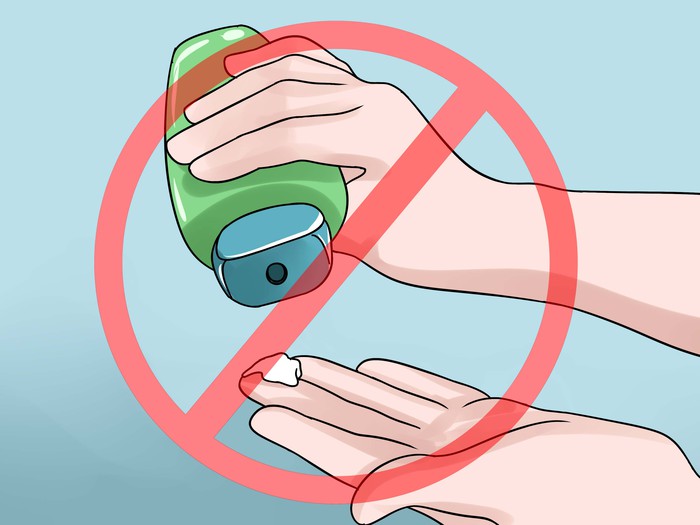
- For babies older than six months, apply waterproof baby sunscreen 30 minutes before going outside and reapply every few hours.
-
Select a lightweight baby carrier or sling. Baby slings can be very hot so choose one that is made from a lightweight fabric, like nylon instead of denim. There are also carriers that are designed to make your baby feel cooler, two of which are the ERGObaby carrier and the BabyBjorn Air.
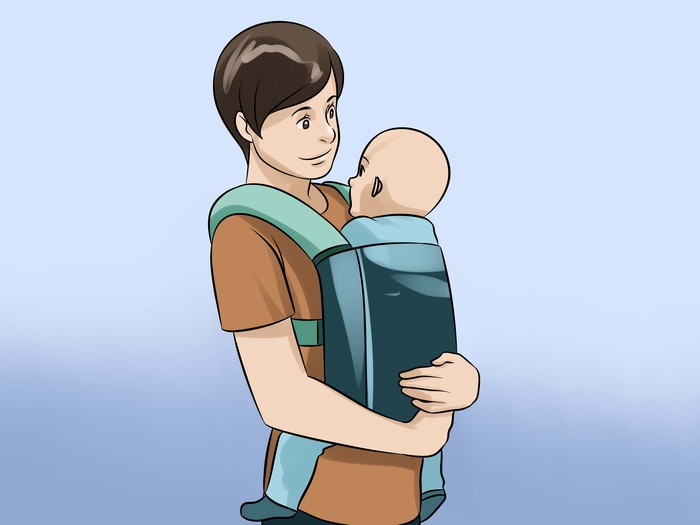
-
Make sure your baby stays hydrated. If your baby is still breastfed, this might mean that he needs to be breastfed more often; likewise, if he is not breastfed, give him more bottled milk than you normally would when the weather is hot outside.

- If your baby is a year or older and has been started on other foods, you can give him coconut water or cold fruit smoothies.
-
Monitor your child for signs of dehydration. If your child has not gotten enough liquids during the day, he may exhibit the following symptoms:
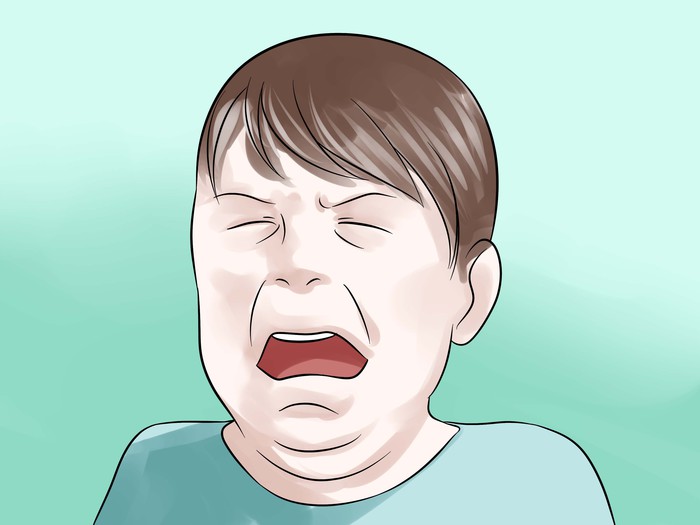
- Having dry lips and coated-looking tongue and mouth
- Has hot and dry skin
- A sunken fontanelle, which is the soft spot on the top of your baby's head
- Urinating than usual as the baby may be having fewer wet diapers
- Sunken and dark eyes
- Irritable and tearless crying
- Dark yellow urine
- Exhaustion and drowsiness
- Rapid breathing
- Cold and blotchy- looking hands and feet
- Vomiting and has diarrhea
Tips
- Consider setting up a small inflatable pool inside your house, or running a cool bath for your child to let him play in the cool water without having to be exposed to the sun.
- Keep your baby out of the sun by using umbrellas, sun hats, or other protections, like a light blanket draped over your baby’s stroller.
- Keep your baby cool and stylish with lightweight summer clothes. By avoiding long trips outdoors and monitoring your baby’s temperature, you can have an enjoyable summer and keep your baby safe from the sun and heat.
__PART__